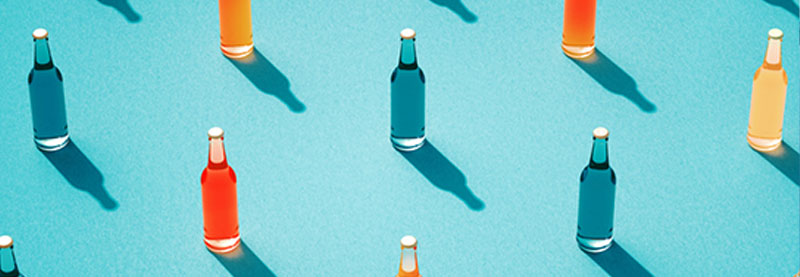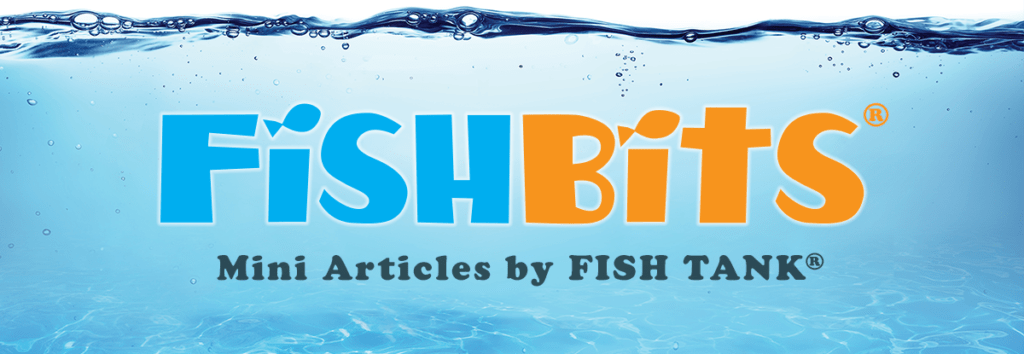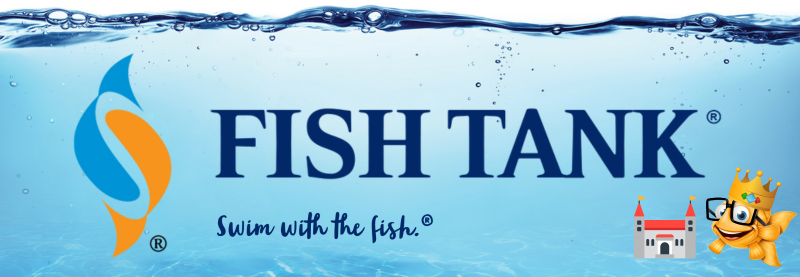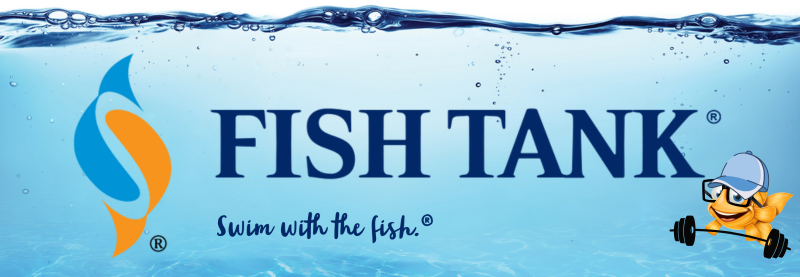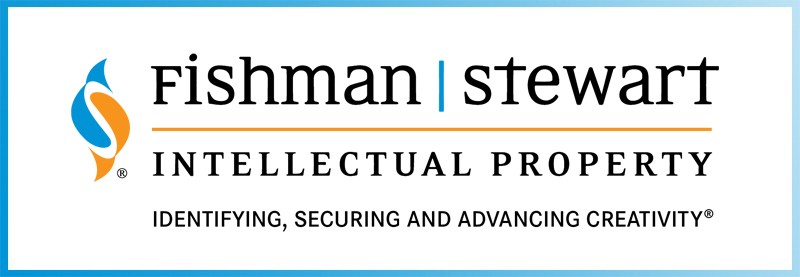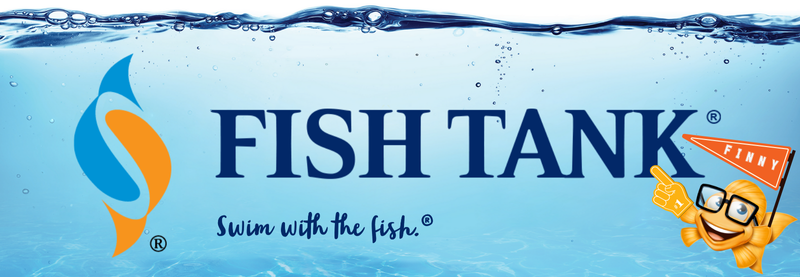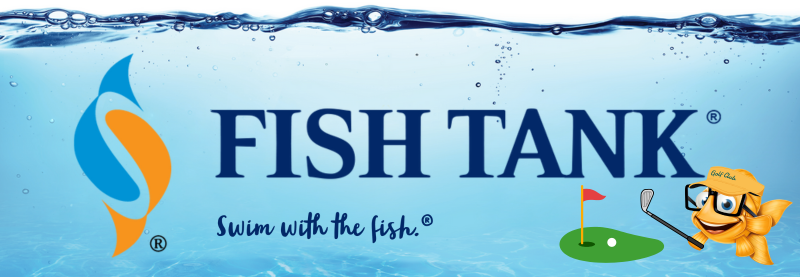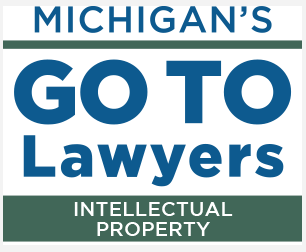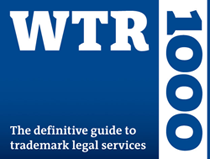Intellectual Property Insights from Fishman Stewart PLLC
Newsletter – Volume 24, Issue 25
Share on Social
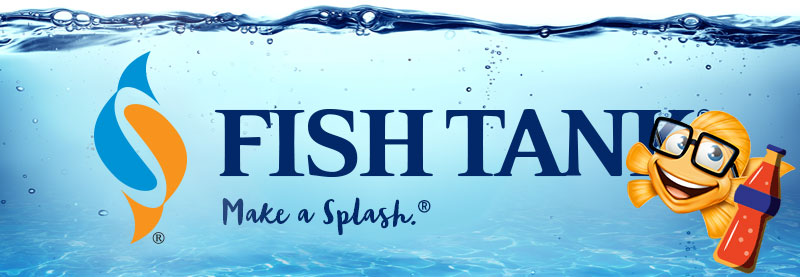
Message On A Bottle
Recently, my wife and I uncovered a distinctive glass bottle buried in our backyard.

We had never seen anything like it before, and had no idea as to its original contents. When we looked at the bottom of the bottle, however, we noted a reference to a design patent, namely US Design Patent No. 114 026.

We quickly located the patent, which is simply entitled “Bottle”. There are several free databases that allow patent searching, including one on the website of the United States Patent and Trademark Office, and a multi-national patent database supported by the Google® search engine.

The design patent application for the bottle we found was filed on December 28, 1938, in the name of William J. Latchford, Jr. of Los Angeles, California and issued on March 28, 1939. Mr. Latchford had assigned his invention to Nesbitt Fruit Products, Inc. also of Los Angeles, California.
The Nesbitt Fruit Products Company of Los Angeles California existed between 1924 and 1975 according to a memorabilia page found at www.nesbittsorange.com and a separate Wikipedia page. Hugh S. Nesbitt founded the company. Originally focusing on producing syrups to be produced in soda fountains, the company decided to produce a bottled version of a carbonated Nesbitt’s orange soda pop, beginning construction of a new plant in 1937 at 2946 E. 11th St., Los Angeles, California.

The plant was completed in 1938, which corresponds perfectly with the timing of the filing of the design patent application for the bottle we found.
Production quickly expanded. A 1946 list of franchise owners shows that there were quite a few bottlers in Michigan including a Coca Cola franchisee in Pontiac, Michigan, located about a 10 minute drive from where we found our bottle:

In doing further investigation, we learned that Mr. Nesbitt took a leave of absence from his company in the early 1930’s to work for Goebel Brewing in Detroit, Michigan. Thus, he even had a local connection to the found bottle.
While we were unfamiliar with Nesbitt’s orange soda pop, it turns out that it was well known. Nesbitt’s was the US market leader during the late 1940s and 1950s. In fact, Marilyn Monroe was a model for one Nesbitt advertisement in 1946:
We also learned from the Nesbitt memorabilia site that Nesbitt’s Orange was the “Official Orange Drink” of Disneyland Park from the time it opened in 1955 into the 1960’s and was the only orange drink sold in the Park.
As a registered patent attorney, I am always interested in learning about my predecessors. While the last name of the patent attorney who prosecuted the Nesbitt bottle design patent application is hard to decipher from the face of the patent, at least the first name and middle initial are clear. The US Patent and Trademark Office has a historical roster of registered patent attorneys that covers select years from 1883 to the present. There is a significant gap, unfortunately, between 1910 and 1940 and I was unable to find a listing for the specific attorney in either the 1910 roster or the 1949 roster books. Thus, his last name remains shrouded in history.
Under US Patent Law, 35 USC § 287 provides a limitation on damages and other remedies unless a patent number is marked on applicable product. The statute has changed, unsurprisingly, since 1938, and virtual patent marking is now a permissible option as discussed in one of our many white papers available for complimentary download at www.tackleboxinsights.com. While originally intended to put potential infringers on notice that a product was patented, the placement of patent numbers also serves a historical purpose, allowing my wife and I to learn the storied history of a seemingly humble bottle buried in the dirt.
Michael Stewart is a founding member of Fishman Stewart. He has worked in a wide range of technical areas including information technology, e-commerce, telecommunications, and mechanical, aerospace, computer, and nuclear engineering. His practice includes domestic and foreign patent prosecution, e-commerce and information technology, patent opinions, intellectual property litigation, domestic and foreign trademark prosecution, trademark opinions, copyrights, trade secrets, rights of publicity, intellectual property evaluations/due diligence and drafting and negotiating technology and intellectual property agreements. Check out his full bio here.

Related Content from Fishman Stewart
People have long pondered whether or not the Giza pyramids were indeed solely burial chambers, which was the only known, and archaeologically determined, use—until now.
As the story goes, Klein was so taken with the indescribable blue of the sky over the Mediterranean in Nice, France, that he dedicated his artistic talent developing a blue that would imbue the canvas with this color in its purest form.
Despite her pseudo-legal background in Suits, Meghan has been running into one issue after another in her efforts to register the trademark and logo for her new lifestyle company, for now, called “AS EVER”.
By 1930, efforts began in New York to replace Mother's Day with Parent's Day because men were more than just breadwinners. Those efforts didn't catch on, probably because in that era, women often spent more time in the home.
In February, Nike and Skims announced that they will be working together on a new brand, NikeSkims. The co-brand will create a new line of training apparel, footwear, and accessories specifically designed to meet the unique needs of women athletes.
Generally, federal courts have exclusive jurisdiction over copyright cases, and often, this presents an insurmountable paywall for individual artists and small businesses to vindicate their rights, especially where the value of the individual copyrighted works are relatively low.
Dedicated to raising public awareness about the importance of encouraging innovation and creativity throughout the world, the World Intellectual Property Organization (WIPO) annually observes World Intellectual Property Day on April 26 to showcase the role that patents, trademarks, industrial designs, copyrights and trade secrets play in our everyday lives.
Hold onto your foam fingers, sports fans – college sports just got a whole lot more interesting! The latest updates to Name, Image, and Likeness (NIL) rules are making student-athletes bigger than ever, and it’s not just about the game anymore.
Did a federal court in Louisiana recently decide that US copyrights are global rights? It seems so.
L.A.B. Golf aims to protect its innovations, and therefore its market position, owning three patents for its zero-torque design. The question now is whether L.A.B. Golf can withstand the wave of copycat designs.
IDENTIFYING, SECURING AND ADVANCING CREATIVITY®


